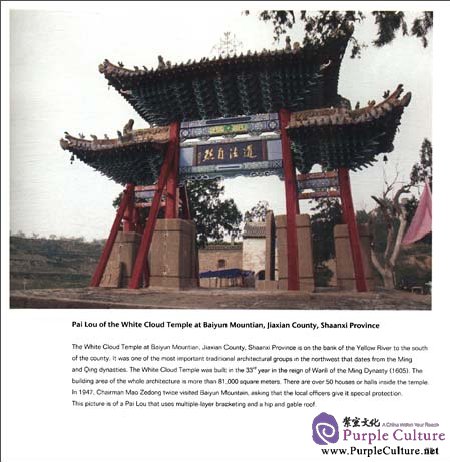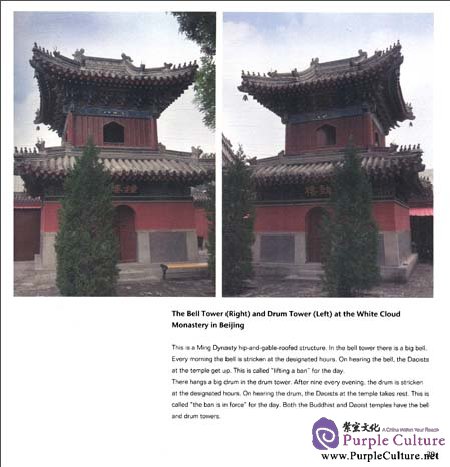Sample Pages Preview


The wall paintings refer to the paintings done on the wall of a construction. They include the paintings done on the palaces, temples, tombs and stone caves. The themes of the painting vary. But mainly they are about mythology, legends, events of immortal beings and the images of the immortals themselves. Some of the wall paintings also contain various patterns such as the scenes on mountains and rivers, trees and beasts. The techniques that have been employed include simple line-drawing,fine brushwork with multiple layers of colors,ink and wash and gilding. The dyestuff were mostly minerals, and therefore the paintings are able to be preserved long in bright colors. Except for a few master painters, most of the painters were anonymous folk painters. Wall paintings have always been a platform for the folk painters to extend their imaginative power and move their brush and ink. And it is also an artistic way that gains popularity among the masses of the people with its colorful pictures and lifelike art form and content.
Wall paintings have always been employed by religions to propagate their teachings. Through the lively art forms, the teachings are expressed to the viewers and influence the viewers.
The Chinese wall paintings already appeared in the ancient times. According to some historical records,wall paintings were seen in the palaces of the Shang Dynasty. The Chuci zhangju, an Exegesis on the Songs of the South, records that Qu Yuan saw in the state of Chu "the temples of ancestors and nobles where the earth, mountains, rivers, spirits, strange monsters are painted" and therefore he wrote down Asking the Heaven. According to Jiaosiji, the Records of the Sacrifice to the Deities at the Outskirts, in the Book of Historian, Han Emperor Wudi built Ganquan Palace.In the middle was a platform where the heaven, earth,supreme one, ghosts and spirits were painted. The sacrificial vessels were prepared to communicate with the heavenly spirits. There is also a record on the wall paintings on The Poetic Prose for Lingguan Palace of Lu: "The gods and immortals appear in the houses and the jade maidens peek through the windows from the above. They are indiscernible at times like ghosts. The paintings portray the heaven and earth, creatures of all kinds. The strange and grotesque, the mountain gods and sea spirits, are all painted alive. All the changes and transformations are captured in the portraits." From the record, it can be seen that the wall paintings have been long associated with the beliefs in immortality. These beliefs are the sources of artistic inspirations, which deepen the beliefs in immortality.

